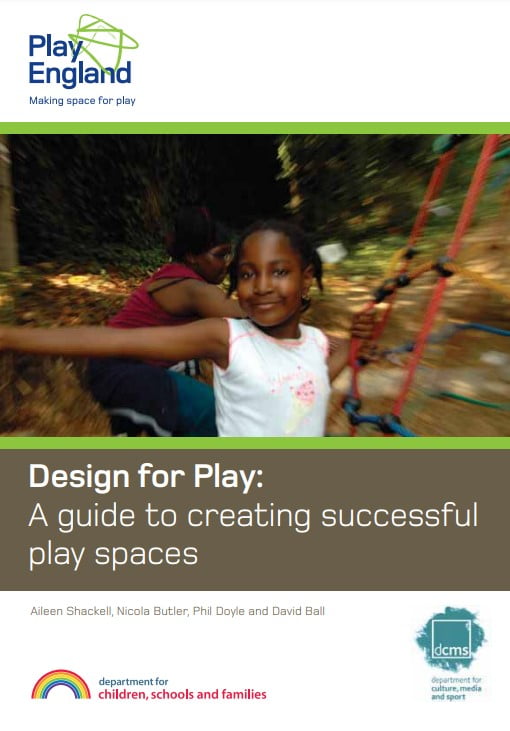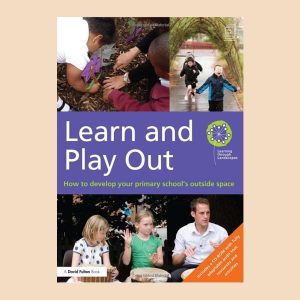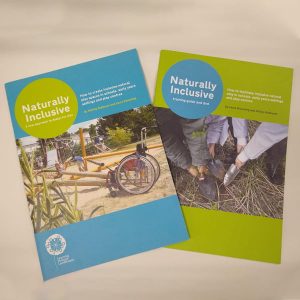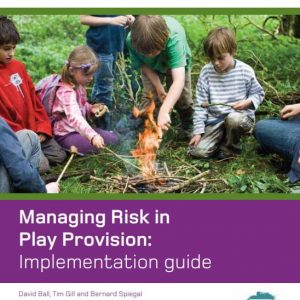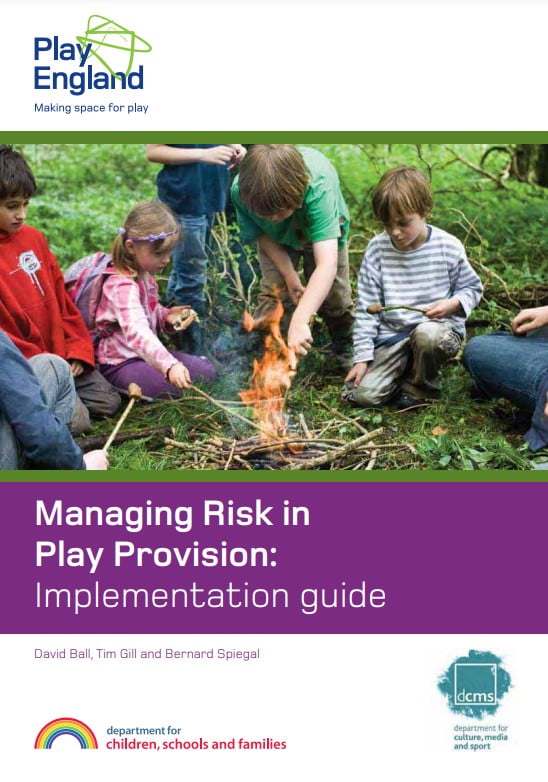Description
The “Design for Play: A guide to creating successful play spaces” guide is also intended to inform the creation of outdoor play space for years to come, that does justice to children’s endless capacity for adventure and imagination, their fundamental need for exercise and social interaction and, above all, to their innate sense of fun. It is also aimed at those responsible for the wider public realm, and aims to show that well-used and well-loved places to play will often be integrated within the cohesive design of a wider community space. Places where children play can be important social places, not just for children and young people, but also for parents, carers and the wider community. They should be places where children and young people can enjoy spending time, be physically active, interact with their natural surroundings, experience change and continuity, take risks in an environment where they feel safe and, of course, play – alone or with others – in a wide variety of ways.
However many of the lessons learned are equally applicable to staffed sites, such as adventure playgrounds and schools.
This guide will help those involved in commissioning and designing places for play to put play value at the heart of provision. It shows how to design good play spaces, which can be affordably maintained, which give children and young people the freedom to play creatively, and yet still allow them to experience risk, challenge and excitement. It sets out a new approach, tackles some current myths, and aims to challenge providers to think more laterally and creatively about children and young people in the public domain.
For some, the ideas and aspirations in this guide may, at first, seem unrealistic and unattainable. It aims to show, however, that, with imagination, planning and an understanding of children’s needs, it is possible to create and maintain exciting play areas for children and young people of different ages, sometimes by making only small changes to existing provision. It also aims to provide the ideas and the practical resources for building new play areas in a fresher and more inspiring way than is common practice at present.


